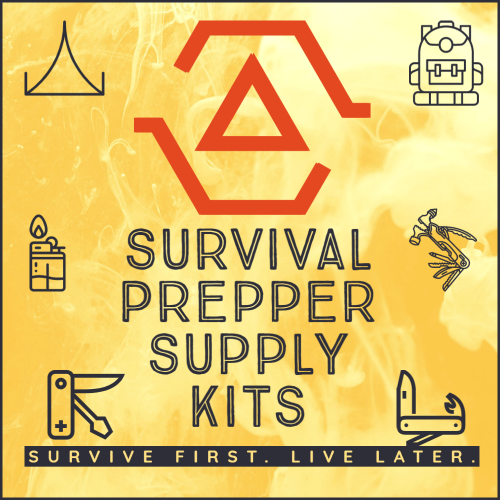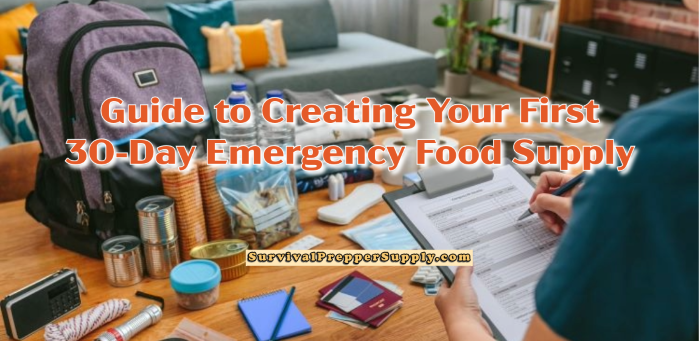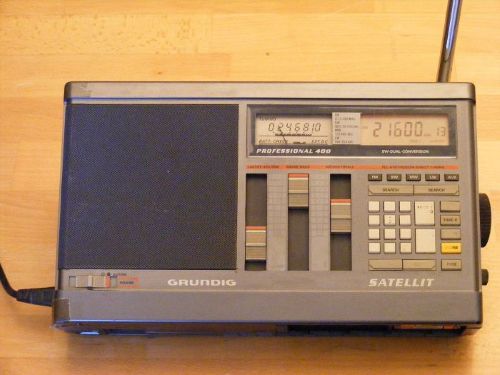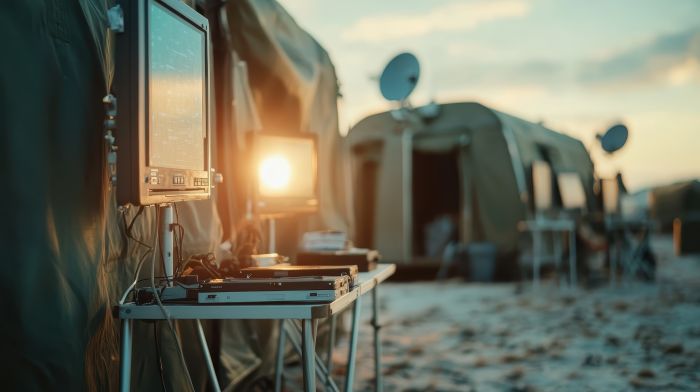Creating Your First 30-Day Emergency Food Supply: A Complete Guide
Creating a 30-day emergency food supply is a valuable step toward ensuring your family’s safety and well-being during unexpected situations. A thoughtfully planned food reserve provides peace of mind, knowing you can handle emergencies, from natural disasters to extended power outages.
Building a month-long food supply might seem daunting, but with a clear approach and focus on essential foods, you can create a balanced, nutritious stockpile that sustains you through any crisis. Here’s a comprehensive guide on how to set up your first 30-day emergency food supply.
Selecting the Right Foods for Your Supply
Start by determining the types of food that will best meet your household’s needs. A good emergency food supply is built around non-perishable foods that have long shelf lives and don’t require refrigeration.
Read & Learn: 17 Things to Do Before Building a Survival Food Stockpile – eBook
Canned goods, dry grains, freeze-dried and dehydrated foods, and shelf-stable packaged meals are among the most reliable choices. These items have the advantage of longevity and, when stored properly, retain their nutritional value over time.
Calculating Calorie and Nutritional Needs
Calculate the daily calorie requirements for each person in your household to build a 30-day supply. Adults generally need between 1,800 and 2,400 calories daily, depending on their activity level, age, and gender, while children have different requirements.
In an emergency, where stress and energy demands may be higher, it’s wise to estimate slightly higher calorie needs. Once you have a clear idea of the total calorie requirements for your household, you can begin selecting foods that meet these needs and provide a balanced mix of carbohydrates, proteins, and fats.
Building the Foundation with Grains and Legumes
Grains and legumes are the foundation of most emergency food supplies because they’re calorie-dense, affordable, and versatile. Items like rice, oats, pasta, lentils, and beans provide essential carbohydrates and some protein.
Dry grains and legumes also have excellent shelf lives, especially when stored in airtight containers with oxygen absorbers or Mylar bags.
Read This: Beginner Guides: Needs Evaluation
Including Protein-Rich Foods
Proteins are essential for maintaining muscle mass, immune function, and overall health, especially in high-stress situations. Canned meats, poultry, and fish, such as chicken, tuna, and salmon, are convenient sources of protein with long shelf lives.
For vegetarians, canned legumes, nuts, seeds, and shelf-stable tofu provide plant-based protein options. Consider protein powder for supplementation.
Incorporating Healthy Fats
Fats are another critical component in emergency nutrition, providing long-lasting energy and supporting brain health. Opt for shelf-stable oils like olive oil or coconut oil. Ghee, nuts, and seeds are excellent fat sources but should be rotated frequently to ensure freshness.
Adding Fruits and Vegetables
Include fruits and vegetables in your emergency food supply to prevent fatigue and provide essential vitamins. Canned and freeze-dried options are the most practical for long-term storage.
Canned vegetables and fruits provide nutrients and natural sugars, while freeze-dried options retain more flavor and nutrients.
Bug-In & Bug-Out, Food & Water Prep, Off-Grid Living, Homesteading, Urban Survival, Bushcraft & More!
Your Complete Guide to Facing Any Emergency with Confidence and Protecting Your Family!
Over the last 30 years, the number of natural and man-made disasters has increased sixfold. If you care about protecting your loved ones, you must be prepared.
This guide will help you keep your loved ones safe, even in the most extreme situations, by helping you create solid plans across all critical prepping areas.
Here’s just a glimpse of what you’ll discover:
• Foundation of Prepping – Know when to bug in or bug out, how to pack an emergency kit, assemble a bug-out bag, and prepare a 72-hour disaster kit
• Long-Term Survival Guide – Learn how to extend your preparation beyond the basic 72-hour window for sustained survival
• Sheltering – Discover how to build effective shelters in a variety of emergency scenarios, from temporary setups to long-term options
• Food Preparedness – Organize your pantry, master food preservation methods (canning, dehydrating, freezing, pickling), grow your own food, and forage in the wild
• Water Preparedness – Ensure you never go thirsty with the best techniques for water collection, storage, filtration, and purification
• Bushcraft & Wilderness Survival – Master the art of wilderness survival, including essential tools, supplies, knots, and navigation techniques
• Urban Survival – Navigate the unique challenges of surviving in an urban environment during a crisis
• Building a Community – Learn how to create and organize a strong community while avoiding destructive behaviors
• Making Fire – Discover the most effective methods to keep warm and cook, even in the harshest conditions
• Preparedness for Diverse Scenarios – Top insights on how to survive a variety of crises, including economic collapse, chemical attacks, grid failures, natural disasters, cyberattacks, terrorism, biological weapons, EMPs, nuclear attacks, and TEOTWAWKI (The End of the World as We Know It)
• Home Defense – Learn critical systems and techniques to safeguard your supplies, protect your home, and keep your loved ones safe
• Off-Grid Living – Build the foundation for living off-grid and generate renewable energy for complete self-sufficiency
• Health & Hygiene – Organize and store essential medicines, leverage natural remedies when needed, and maintain proper hygiene in extreme circumstances
• Mental Health – Overcome anxiety, stress, and negative emotions that may arise during difficult times
• Financial Preparedness – Plan for financial security during emergencies, manage resources wisely, and build a system to survive economic challenges
• Vehicle Maintenance – Learn essential vehicle maintenance skills to keep your transportation running smoothly
• Physical & Mental Preparedness – Stay physically fit to handle tough conditions and strengthen your mindset to handle high-stress situations
• Medical Preparedness – Prepare for medical emergencies by learning essential first aid and organizing a medical kit
• Communications & Ham Radios – Discover how to use Ham radios and other communication tools to stay connected with your community and get vital information
And much, much more!
Disasters can strike without warning, but with this total preparedness guide, you’ll be equipped with the knowledge, strategies, and mindset to safeguard your loved ones in any situation.
Don’t wait for the worst to happen. Click “Buy Now,” and unlock access to the only proven prepping strategies you will ever need!
You will also gain access to 5 exclusive additional resources:
1. The Prepper's Journal
2. Emergency Communication Card
3. The Prepper Checklists
4. First Aid Kit Essentials Cheat Sheet
5. Selected Prepper Video Tutorials
Balancing Your Supply with Freeze-Dried Meals
While survival food kits and freeze-dried meals can be helpful for emergencies, you don’t need to rely on pre-packaged options alone. These meals are easy to prepare but often expensive, so use them to supplement more affordable staples like grains and canned goods.
Storing Your Emergency Food Supply
Proper storage is vital to maintaining the quality and shelf life of your emergency food supply. Store your food in a cool, dark, dry place with a stable temperature below 70°F.
To prevent exposure to oxygen, moisture, and pests, use food-grade buckets, Mylar bags with oxygen absorbers, or vacuum-sealed bags. Label containers with the packaging date and contents.
Enhancing Meals with Supplements and Spices
Supplementary essentials like salt, pepper, and spices enhance meals and provide flavor variety. Coffee, tea, powdered drink mixes, and sweeteners like honey or sugar are also valuable additions.
Including Convenience Foods
Include some convenience foods that require minimal preparation. Items like instant oatmeal, canned soups, and pre-cooked canned stews are ideal for quick meals with limited time or energy.
Non-Food Essentials for Your Food Supply
When planning your emergency supply, think beyond food to include essential non-food items. A manual can opener, basic cooking tools, disposable utensils, and a small camp stove with fuel are critical for meal preparation.
Water is another priority; aim to store at least one gallon per person per day for drinking and cooking.
Rotating and Inspecting Your Stockpile
To keep your emergency food supply fresh, practice the “first in, first out” method. Regularly check for signs of spoilage, such as unusual odors, rusted lids, or bulging cans.
Building Your Supply Gradually
Building a 30-day emergency food supply doesn’t have to be overwhelming. Add a few extra items to your weekly shopping list, focusing on staples like grains, canned proteins, and vegetables.
Final Thoughts
A well-organized 30-day food supply provides security, self-reliance, and peace of mind, allowing you to handle any crisis confidently. With careful planning and a clear storage strategy, you’ll be prepared for whatever comes your way.
This is the first of the posts to lead the way for your 30-day emergency food guide under the 52-Day Food and Storage section. Have you created a 30-day plan for any survival process? What have you done, or what are you planning to do, for survival prepping? Please leave us your valuable comments below to assist others in their planning.







